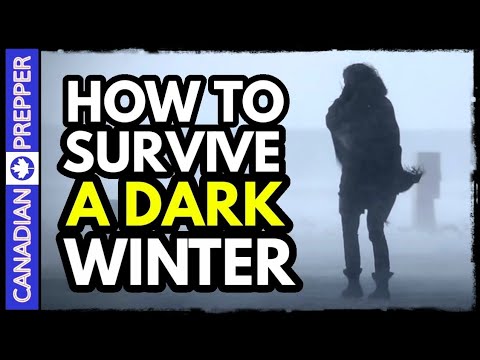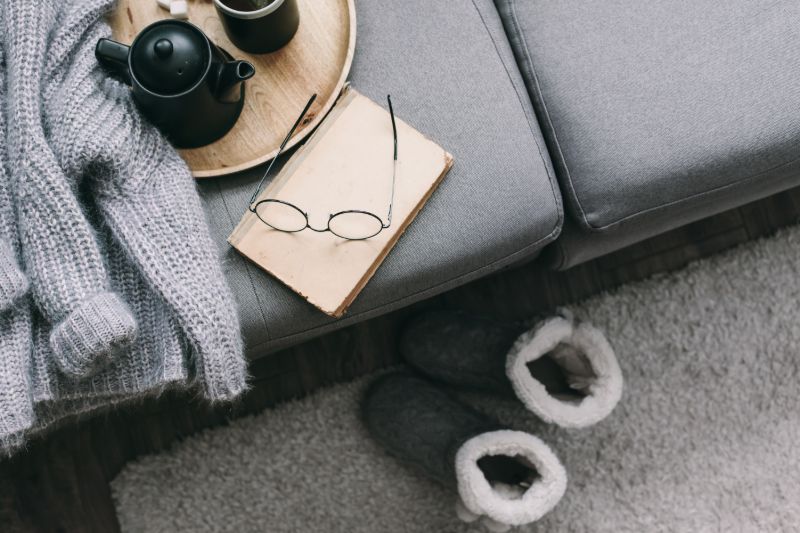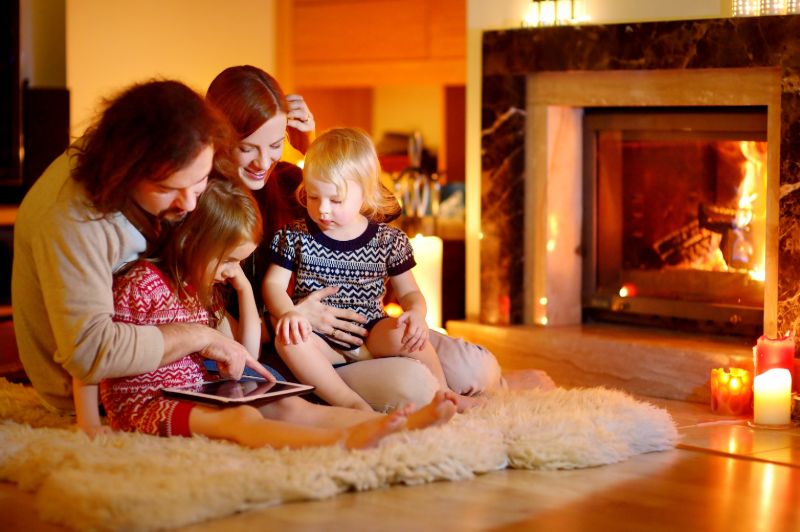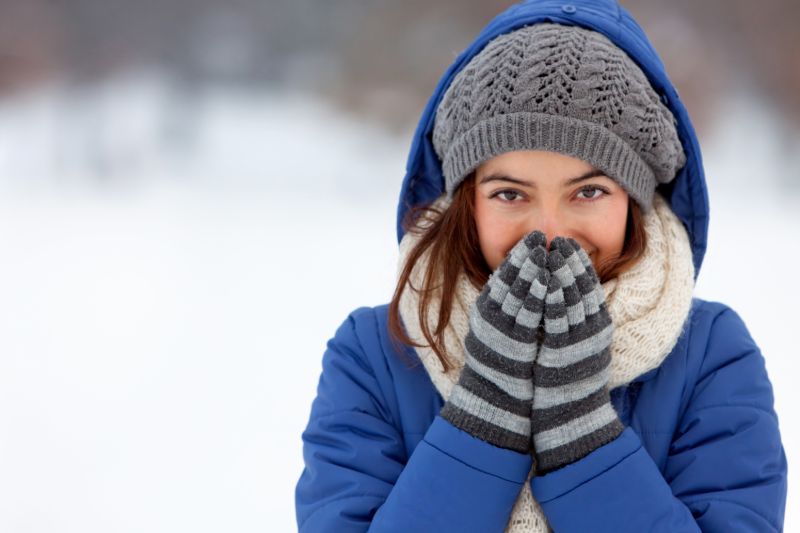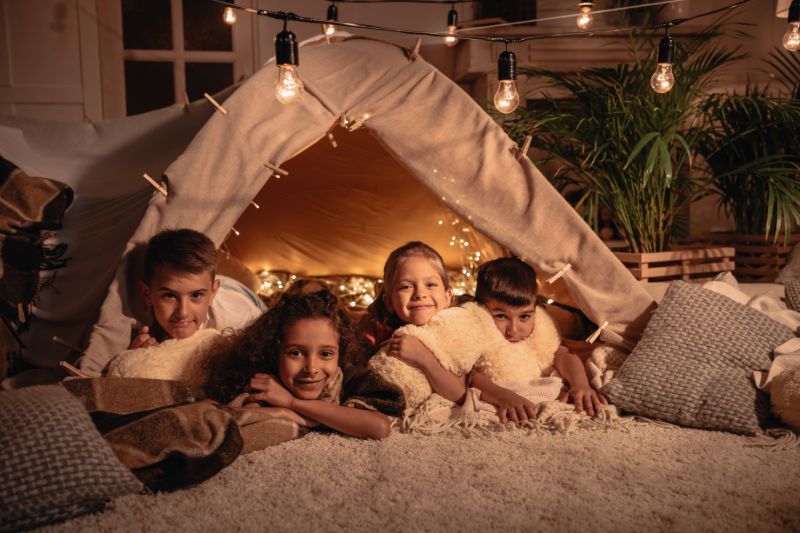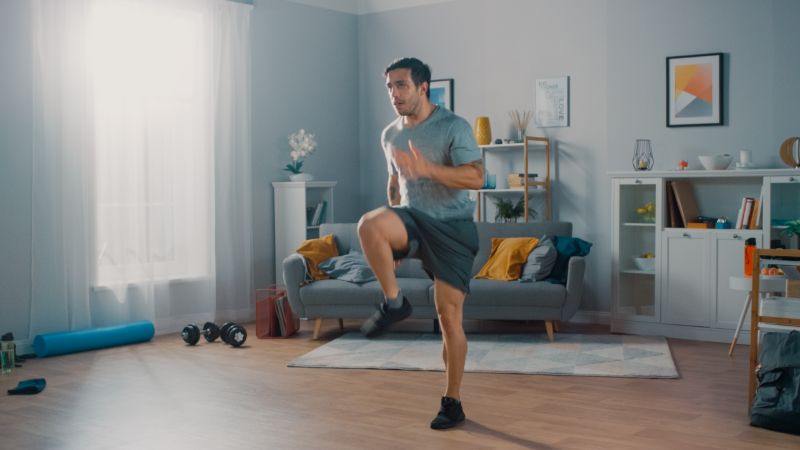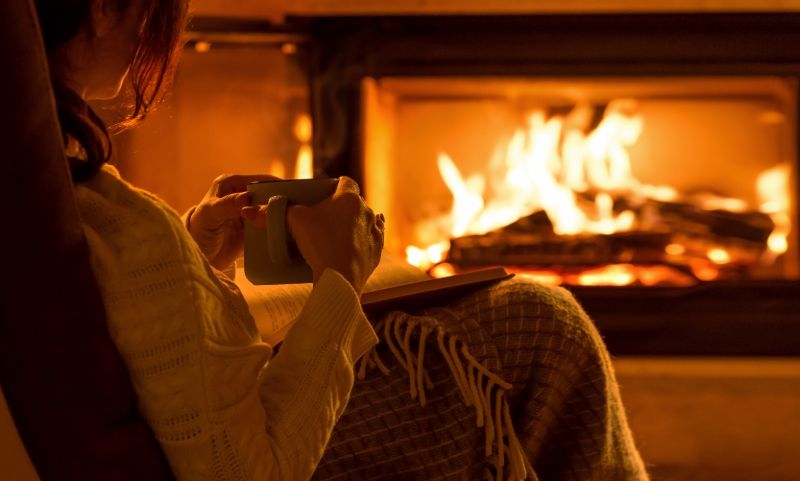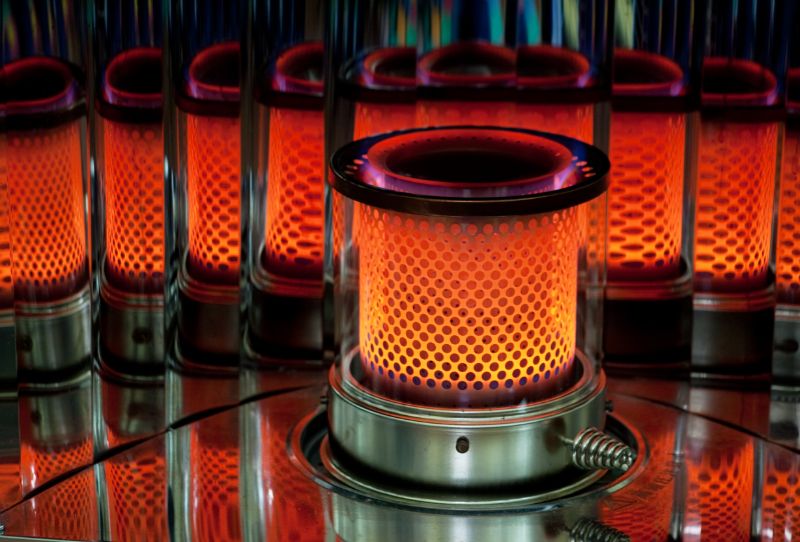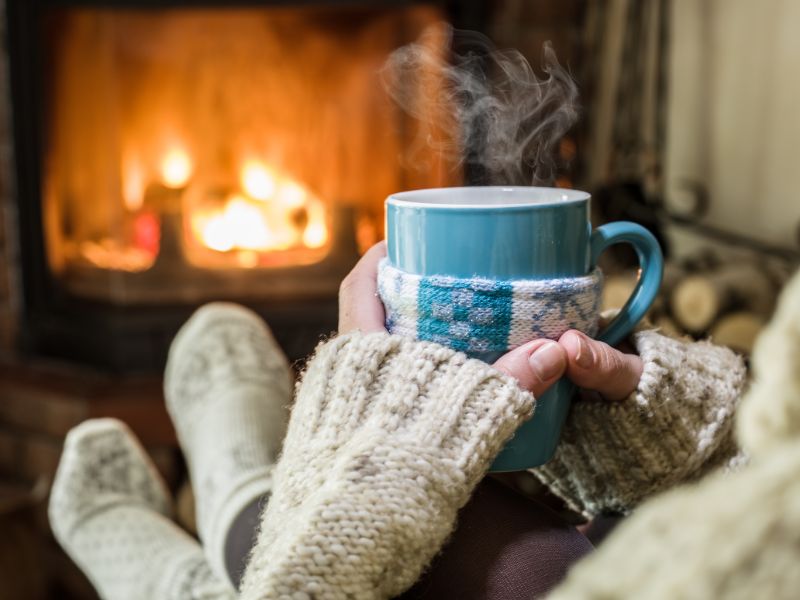If the power goes out during the winter, staying warm may not be so easy. Because of this, it is important for every survivalist to know about the best alternative heat sources for power outages.
Alternative Heat Sources for Power Outages | All You Need to Know
1. Designated Heat Room
One of the best life hacks when it comes to surviving a winter power outage is to isolate yourself and the members of your family to a designated heat room within the house.
When the power goes out, your own bodies are your primary sources of heat. Isolating everyone to one room will help capture all that body heat and keep as much of it near yourselves.
To do this, simply find one area in your house and designate it as the family’s shelter. Choose a room that is small enough for your bodies to keep relatively warm, but large enough for everyone to still be able to settle comfortably in.
An ideal room would be one that has few openings to the outside of your house. It should also preferably have its own bathroom and space to fit a few emergency supplies in.
Once you’ve chosen your family’s designated heat room, try to block up any cracks and crevices where cold air may pass through. If you don’t have tools, something as simple as a few towels and some tape should do temporarily.
Lastly, if the room does have windows, try to get some curtains or blinds. During the morning, keep them open and let as much warmth from the sunlight in as possible. At night, close them to help trap warm air inside and prevent drafts from getting in.
2. Multiple Layers of Clothing
No list of alternative heat sources for power outages would be complete without mentioning those multiple layers of clothing. Wearing more clothes is one of the simplest and easiest ways to keep yourself warm when the temperature in the house drops.
When choosing clothes for this task, make sure you pick ones that are thick and insulating. Don’t just simply get whatever clothes are on top of the pile.
To keep yourself even warmer, grab some hand warmers, a scarf, a hat, and maybe even some socks for good measure. You can also throw on a blanket if you’re still cold after putting on all those layers of clothes.
Additionally, make sure that apart from your family, you do not forget your furry friends if you have any. If you’re feeling cold, then they most likely are too. Just give them a blanket where they can curl up under and that should be enough.
3. Indoor Camping
As was mentioned earlier, the smaller the space that you can isolate yourself and your family to, the easier it will be for you to heat that space up with your body heat. With that said, why not make it even easier by setting up a tent within your designated heat room.
If you have any sleeping bags, you can grab those as well and sleep inside them. Sleeping bags are designed specifically to keep body heat trapped inside of it. You can also use blankets and drape them over the tent to really keep that heat in.
Lastly, if you have any thermoses lying around, fill them up with hot water as soon as the power goes out. They will slowly radiate that heat throughout the day. They’ll also make for great feet warmers that are perfect for placing inside sleeping bags so you can literally avoid cold feet.
4. Exercise
Exercise is one of the fastest ways to raise your body temperature. In fact, just 5 minutes of continuously doing jumping jacks or jumping rope will make you feel instantly warmer. If you have children, turn the activity into a family bonding time by playing games with them instead.
Regardless of the method, remember to keep moving. It is a quick and easy way to raise your core body temperature and stay fit at the same time.
5. Candles or Fireplace
For most of the year, fireplaces may be purely decorative. As the weather gets colder, however, their function becomes more than that as they are one of the best alternative heat sources for power outages and for cold weather in general.
Before using them, however, make sure that a professional has inspected and cleaned your chimney and fireplace within the last year. Ash at the base of the fireplace should not be allowed to build up as this restricts air supply and results in more smoke.
Additionally, make sure that the area around the fireplace is free of flammable items like books, drapes, furniture, and the like. Have a fire extinguisher ready in case of an emergency as well.
Alternatively, you can also use candles if only to help keep your hands warm. place a couple of them near one another on a table and you have a mini-fireplace.
Regardless of the method you choose, make sure that they are not used without adult supervision. These heat sources are highly effective but can pose significant risks if left unattended. If you have to leave the room, then make sure to put them out first before you do so.
6. Kerosene Heater or Wood Stove
Good, old-fashioned wood stoves or kerosene heaters may also make for great alternative heat sources for power outages. These are kitchen equipment that has been in use for the longest time.
Though not as common as they used to be, having them at home can be handy for emergency situations like these. Just remember to use these items with caution as they are still a fire hazard.
Most kerosene heaters and wood stoves require lots of ventilation as they emit harmful gases. Fortunately, when it comes to kerosene heaters, there are a lot of more modern alternatives of these that are now rated for indoor use.
As for wood stoves, make sure to buy only a portable one. This makes it easy for you to position it where it needs to be. Preferably, have it placed near a window and construct a DIY pipe chimney that will help channel smoke out.
7. Warm Beverages
While you have that kerosene heater turned on, why not make good use of it and make some hot water. To the crafty survivalist, even an emergency like a power outage can be turned into something fun and memorable.
With the power gone, it is the perfect time to whip up a batch of hot chocolate or coffee and spend time bonding with the family. This isn’t just a great way to keep the body warm, but also to spend some much-needed quality time with the people who matter most.
There is more to surviving a winter power outage than just learning about alternative heat sources for power outages. Learn how to prepare for this emergency with this video courtesy of Canadian Prepper:
For the crafty survivalist, something as small as a power outage will never be an inconvenience. Make sure that you are equipped to handle the cold by learning about the best alternative heat sources for power outages.


